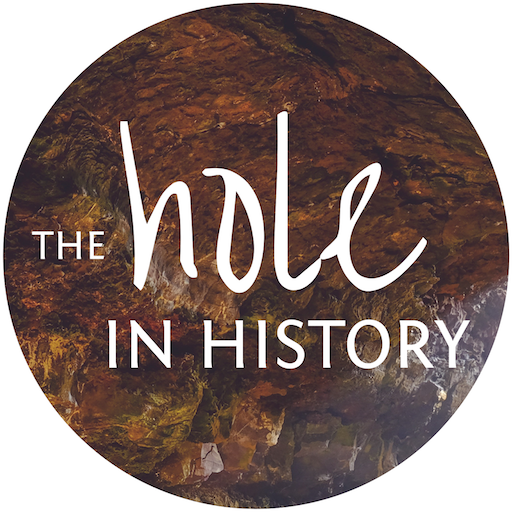On the third day following his death, it was discovered that his tomb was empty – there was no body to be seen[1]. This would have been highly unusual, so what makes us so certain that this was the case? Is there good reason to accept that the sealed tomb was empty just a few days later? There are actually a few good reasons.
Firstly, when the followers of Jesus later claimed that he had been resurrected[2], a quick and easy way for the Jewish authorities to quash all the speculation would have been to produce his body and put it on public display. That would have suppressed the excitement, prevented Christianity from winning the hearts and minds of the people and halting the religion from gaining any kind of traction.
This didn’t happen. There isn’t the slightest hint in any of the records or accounts that the Jewish rulers or the Roman soldiers even thought about going to find the body and put it on display. So we can safely assume that the authorities also knew that the tomb was empty.
The next point corroborates this. In one of the gospels (Matthew) there is a Christian tradition about the guards who were placed outside the tomb of Jesus. When they had discovered the empty tomb on their watch, Matthew says that they told the Jewish priests, who bribed them to say that the disciples stole the body[3]. The reason Matthew records this is most likely to counter the official explanation that had been circulated by the Jewish authorities; that the disciples took the body of Jesus away. He wants people who hear that side of the story to realise that there was more to it – in fact, he is claiming that their explanation was a deliberate lie to conceal the truth. Whether or not the story of the bribe is true or not doesn’t matter in this context[4], the authorities were not denying that the tomb was empty since they were attempting to explain it away. Critically, the authorities, right from the word go, were also accepting that the tomb was empty – there was no body in it.
This is persuasive logic in accepting that the tomb of Jesus was empty on the third day. In fact, this is the best explanation for these features of the narratives in question. How the tomb came to be empty, and what actually happened to the body are the key questions that we are trying to answer, but we are nowhere near that yet. There are more facts to establish before we try to second guess the outcome of this enquiry.
Footnotes
[1] Luke 24:1-2
[2] Acts 2:24
[3] Matthew 28:11-15
[4] It doesn’t matter, at least, in the context of assessing Matthew as a historical document to help us establish historically verifiable facts, as this booklet is trying to do. If you end up with a belief in God then it would pay to think again about the text of the Bible in light of its claim to convey the word of God.
